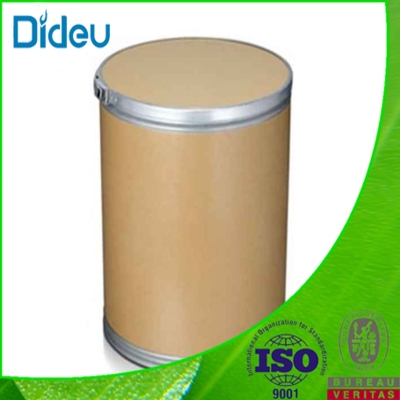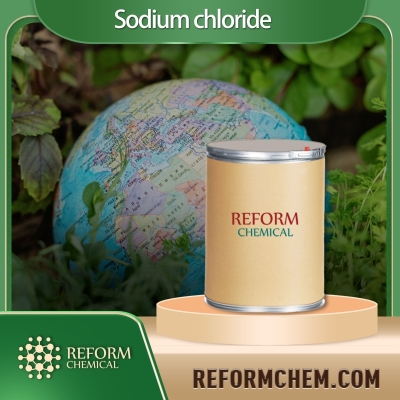-
Categories
-
Pharmaceutical Intermediates
-
Active Pharmaceutical Ingredients
-
Food Additives
- Industrial Coatings
- Agrochemicals
- Dyes and Pigments
- Surfactant
- Flavors and Fragrances
- Chemical Reagents
- Catalyst and Auxiliary
- Natural Products
- Inorganic Chemistry
-
Organic Chemistry
-
Biochemical Engineering
- Analytical Chemistry
-
Cosmetic Ingredient
- Water Treatment Chemical
-
Pharmaceutical Intermediates
Promotion
ECHEMI Mall
Wholesale
Weekly Price
Exhibition
News
-
Trade Service
Calcium gluconate monohydrate is a commonly used chemical compound in the chemical industry.
It is a mineral supplement that is used to prevent and treat calcium deficiencies.
This article will explore the uses, properties, and production methods of calcium gluconate monohydrate, as well as its importance in the chemical industry.
Uses of Calcium Gluconate Monohydrate
Calcium gluconate monohydrate is widely used in various industries, including pharmaceuticals, food and beverages, and cosmetics.
In the pharmaceutical industry, it is used as a calcium supplement to prevent and treat conditions such as osteoporosis, muscle cramps, and heartburn.
It is also used as an antacid to neutralize stomach acid.
In the food and beverage industry, calcium gluconate monohydrate is used as a food additive to enhance the calcium content of various products.
It is also used as a preservative to prevent the growth of microorganisms.
In the cosmetic industry, it is used in the formulation of various products such as creams, lotions, and shampoos to promote healthy hair and nails.
Properties of Calcium Gluconate Monohydrate
Calcium gluconate monohydrate is a white or almost white, odorless, and tasteless powder.
It is highly soluble in water, and its solubility increases with increasing temperature.
It is also soluble in ethanol, acetone, and other organic solvents.
Calcium gluconate monohydrate has a molecular formula of Ca(C6H12O7)(H2O) і ІнКонв, and its molecular weight is 238.
21 g/mol.
Its melting point is 250-260 degrees Celsius, and its boiling point is 1,375 degrees Celsius.
Calcium gluconate monohydrate is hygroscopic, which means that it absorbs moisture from the air, so it should be stored in an airtight container to prevent absorption of moisture.
Production Methods of Calcium Gluconate Monohydrate
Calcium gluconate monohydrate can be produced through several methods, including the hydrolysis of calcium cyanamide, the hydrolysis of calcium oxalate, and the reaction of calcium chloride with gluconic acid.
The most commonly used method is the hydrolysis of calcium cyanamide, which involves the reaction of calcium cyanamide with water to form calcium gluconate monohydrate and ammonia.
The resulting product is then purified by recrystallization, centrifugation, or precipitation.
The hydrolysis of calcium oxalate involves the reaction of calcium ox







